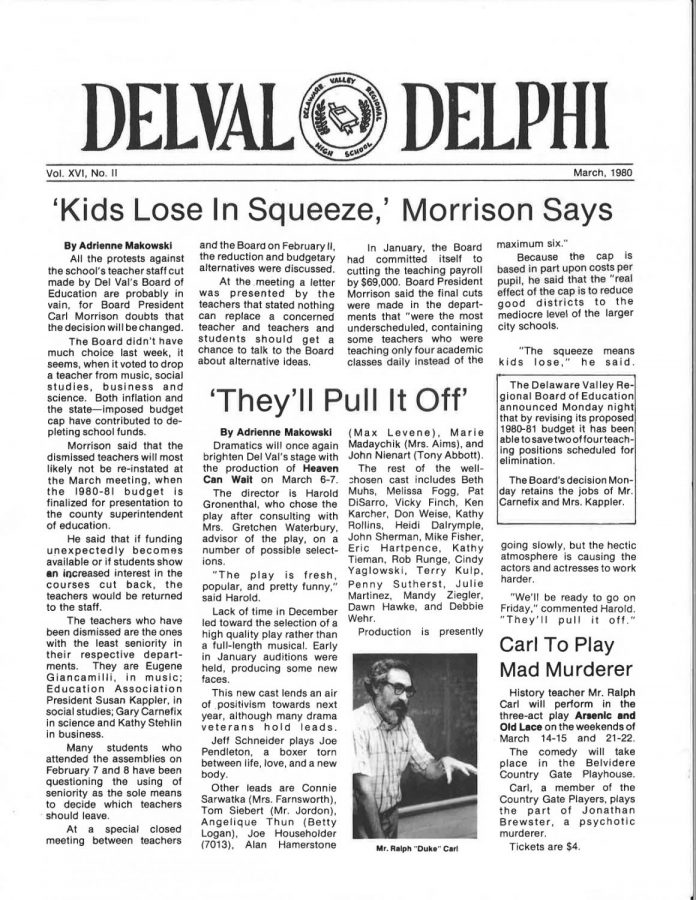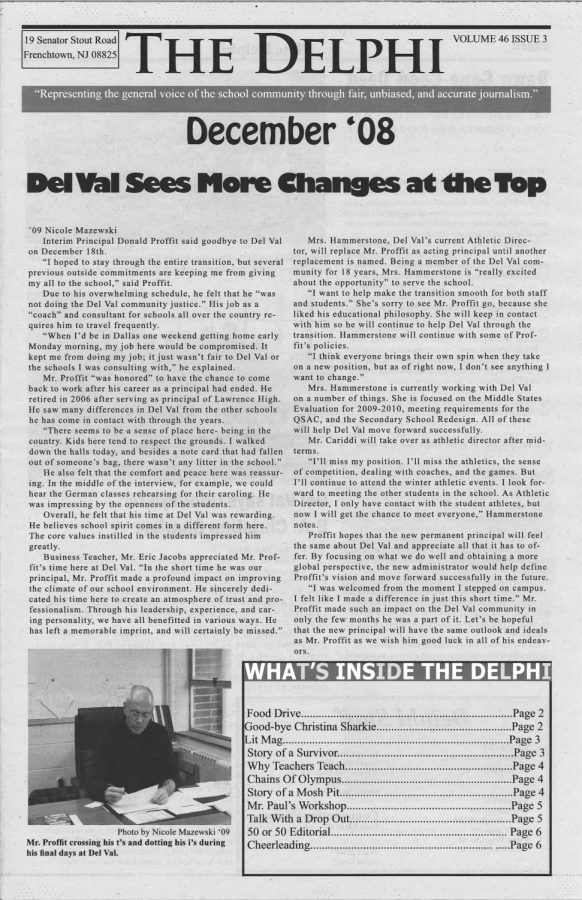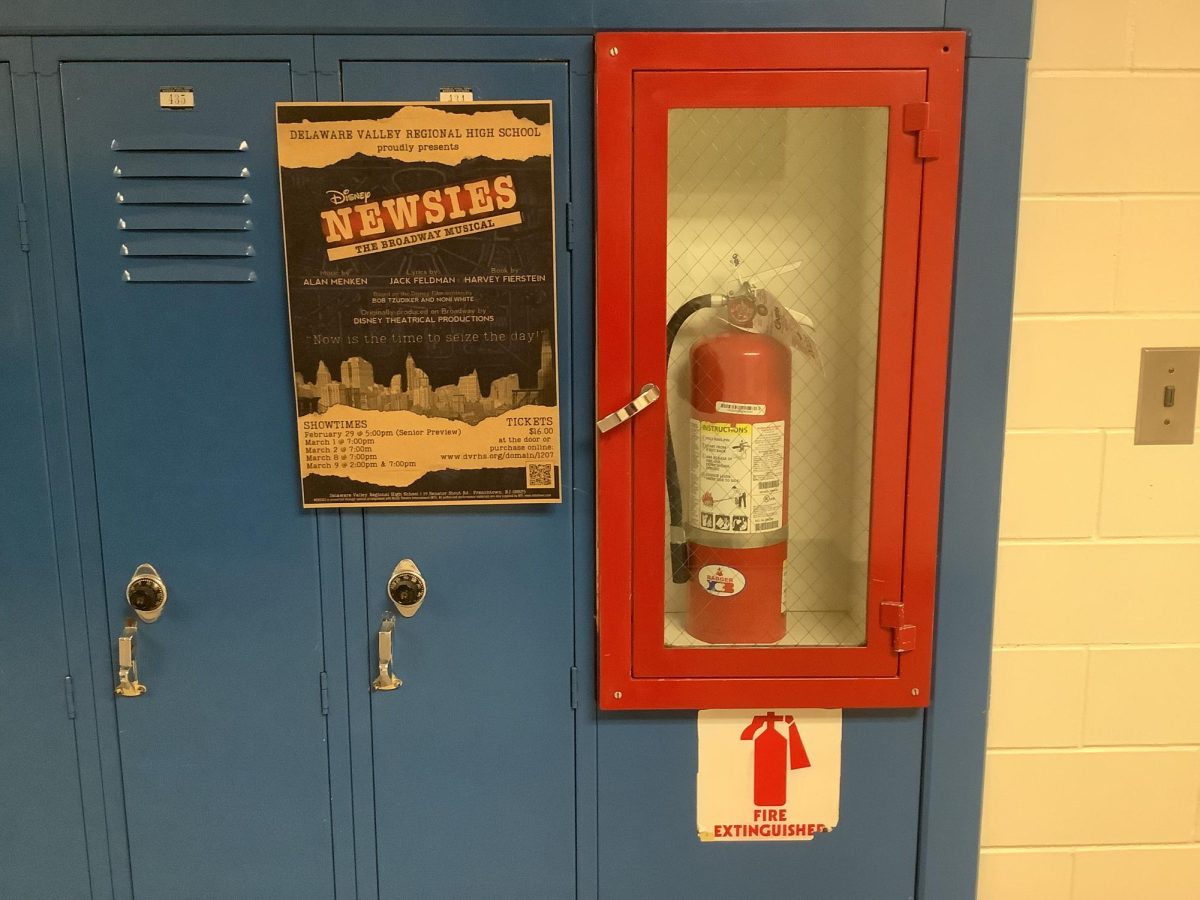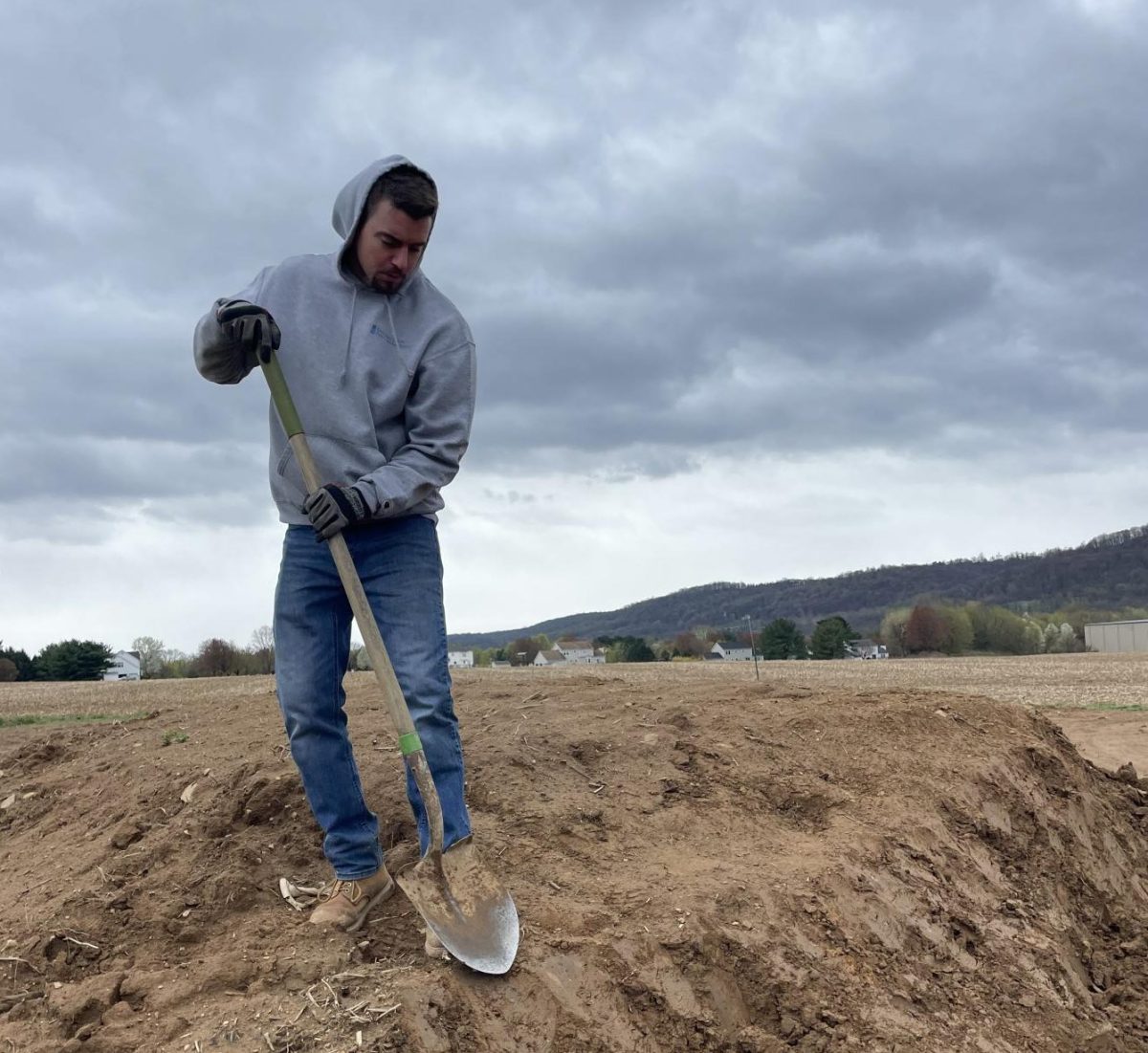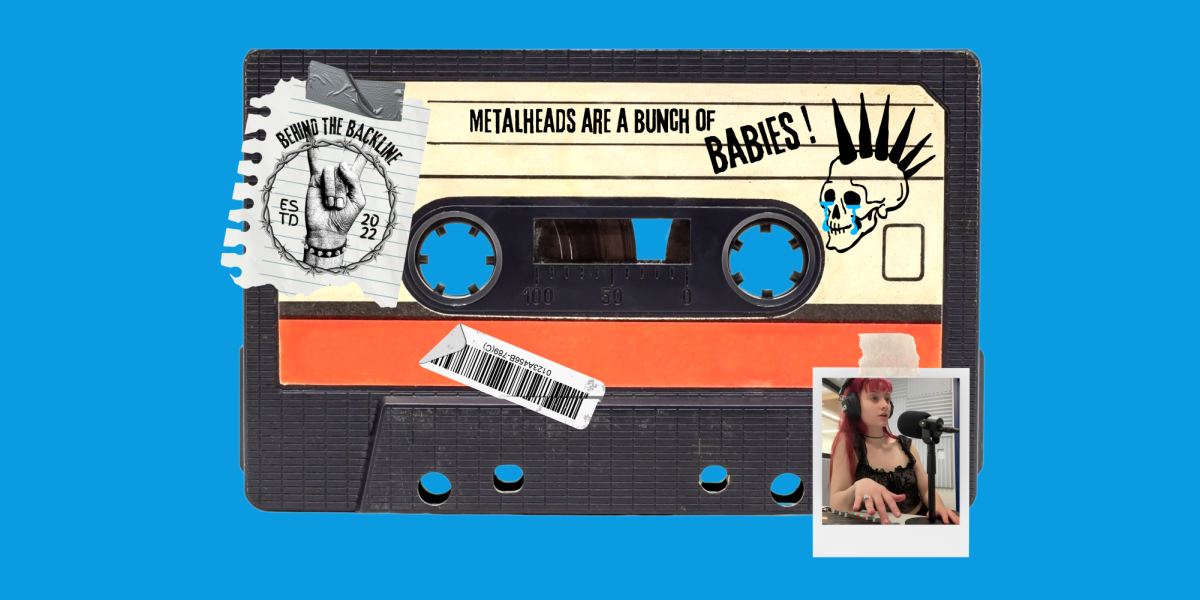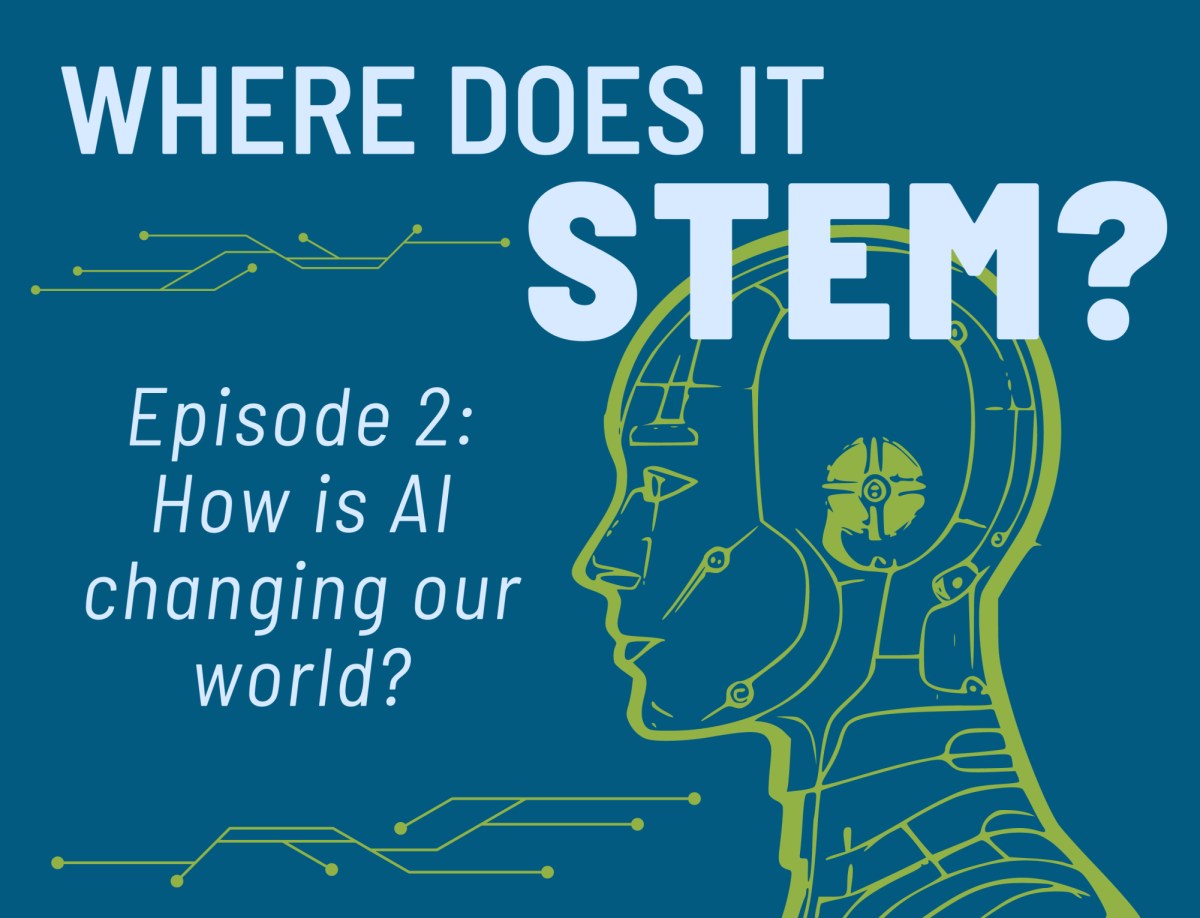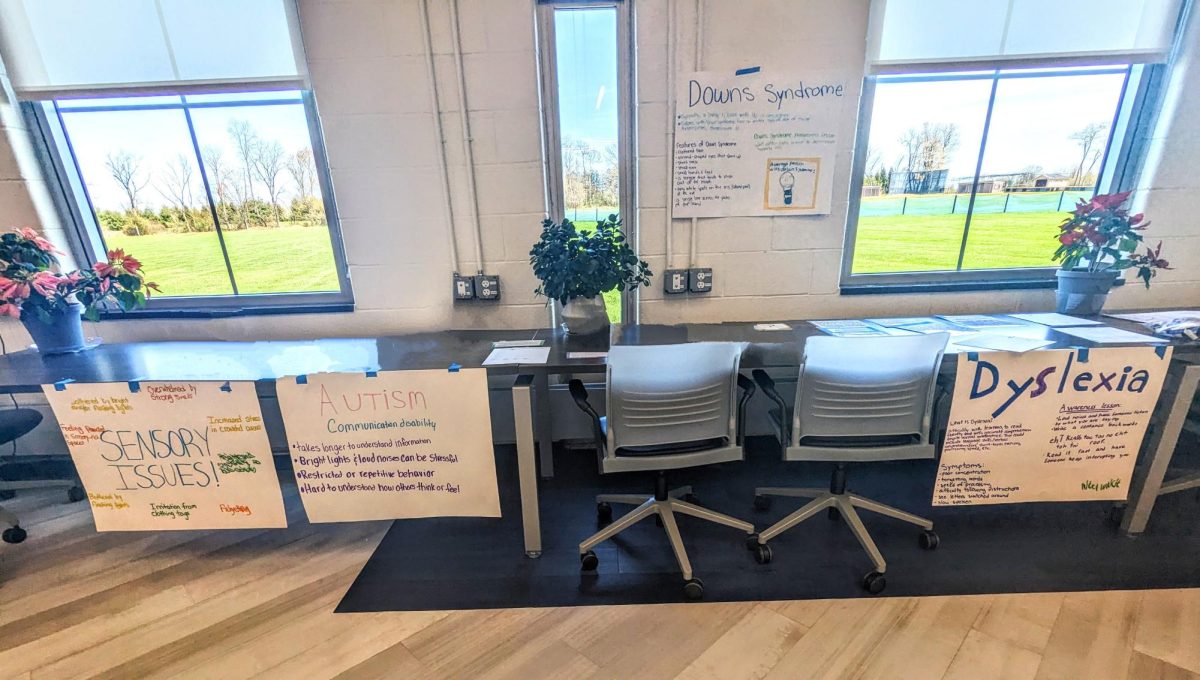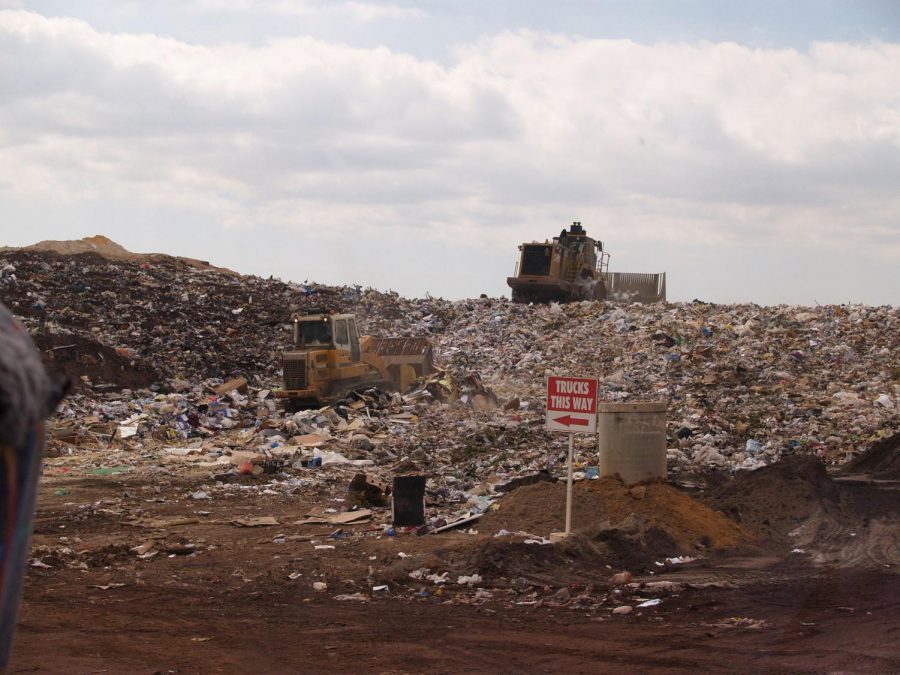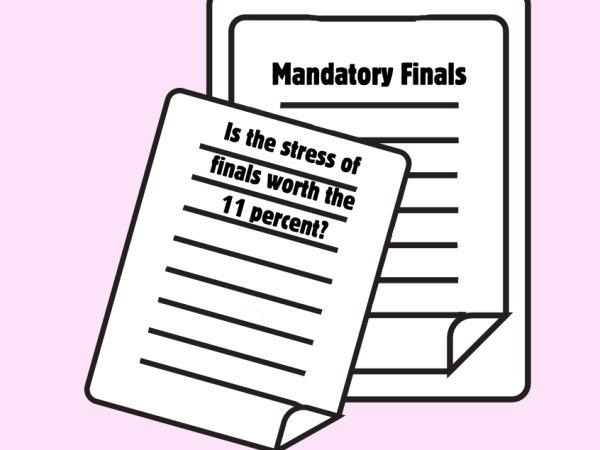Garbage: Where does it all go?
March 5, 2019
According to the United States Environmental Protection Agency (EPA), the average American throws away 4.4 pounds of trash every day. This means that every year, each person in the United States throws away 1,606 pounds of trash, about the same weight as a female giraffe. If this statistic doesn’t startle you enough, according to the University of Indiana, the US, which makes up 5% of the world’s population, produces 40% of the world’s waste. So what happens to this extraordinarily massive amount of waste? In the state of New Jersey, garbage is typically disposed of in 1 of 2 ways. These include sanitary landfills and resource recovery facilities.
Before the garbage arrives at the disposal site, it is usually brought to 1 of the 50 transition stations in New Jersey. Here, the garbage waits to be transported to a disposal facility. The purpose of this additional step in the process is to increase efficiency by bringing several different loads of garbage together to be discarded at one time. It also helps to reduce the cost for waste management companies and ideally lower the amount of air emissions and pollutants from vehicles.
The next step is the arrival at a disposal facility. Sanitary landfills are probably the first things that come to mind when thinking about the disposal of waste. These giant depressions in the ground are filled with garbage and are required to have concrete foundations to prevent the leakage of leachate (a liquid substance extracted from waste). According to NJ.gov, the “lifespan” of a landfill is approximately 20 to 30 years, but what happens when the landfill reaches the maximum capacity in terms of how much garbage it can hold? When the landfill has been completely filled with waste, it is covered with layers of clay, soil, and other materials. To top that off, a new building or facility is built on top of it. Although, ideally, landfills are holes in the ground that can be filled with trash and then covered with golf courses or office buildings, it must also be taken into consideration that eventually there won’t be anymore room to keep building landfills. In other words, areas used to accommodate these enormous holes will run out. In fact, there are 578 landfills in New Jersey but only 12 are in use. Another problem with landfills is that they give rise to global warming. According to LiveScience, due to the lack of oxygen, methane gases are created. Although landfills have been in use for decades, maybe it’s time to consider a less environmentally harmful way to get rid of garbage.
Another type of disposal site that trash can end up at is a resource recovery facility where garbage is burned and then turned into energy or new products such as plastic, aluminum, and other useful materials. There are 5 of these facilities currently operating in New Jersey. This sounds a lot like recycling, right? In fact, recycling is a type of resource recovery method. Recycling initially sounds like a great way to reuse garbage, but problems still arise. Technological advancements that can help prevent air pollution have been invented, but burning certain materials, like plastic, create harmful pollutants in the air that cannot be controlled by these technologies.
The ideal mechanisms for disposing waste, landfills and recycling, have many benefits but have an even larger number of negativities. Improvements in these areas are yet to be made, but by being informed of these hazards, society can begin creating safer alternative mechanisms for ridding the world of waste.











